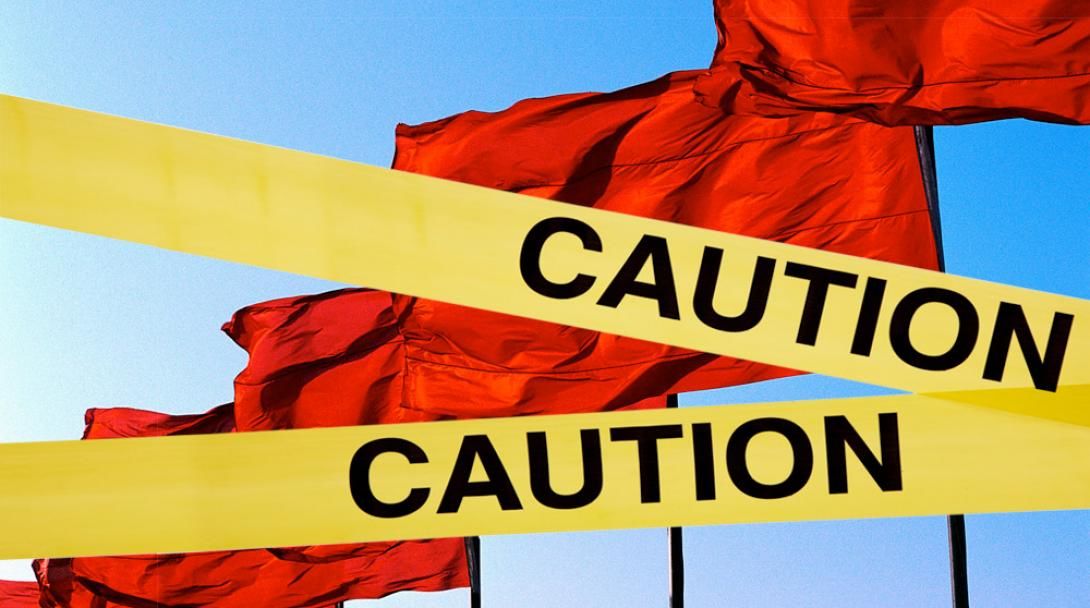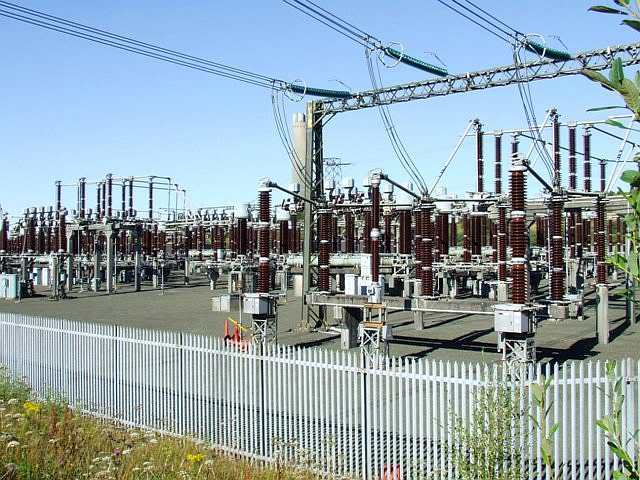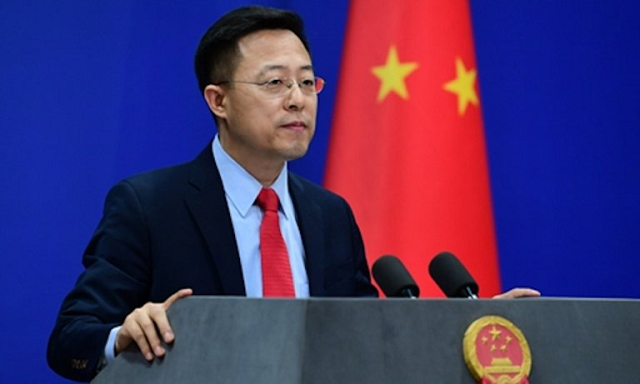There has been a reduction in the retail price of electricity by 6 per cent, subsequently cushioning 3.6 million users in Kenya.
Kenya’s Energy Regulatory Commission (ERC) announced the reduction.
According to ERC, the overall unit cost of power will reduce from Kshs 17.77/($0.18)KWh in 2017/18 to Kshs 16.64($0.17)/Kwh 2018/19 representing an overall reduction of costs by 6% over the Tariff Control period.
“The lifeline tariff which is meant to cushion the low income households, who at the moment constitute 3.6 million,” said ERC.
Additionally, commercial and industrial customers on the average will get a reduction of 4.4 percent.
“This is in addition to the 50 percent discount in the time of Use Tariffs and the proposed Special Economic Zone tariff,” said ERC in a statement.
To ensure that there’s equity and consumers pay for power only when they consume, all fixed charges for all consumer categories have been removed.
This is meant to reduce the many cost items in the customer bills and simplify understanding of the bills, said ERC. APA
NAN reports that World Bank had granted Kenya one billion dollar concessional loan for energy, transport and water infrastructure projects in poorer regions of the country’s north and northeast.
The World Bank sai, that the regions were being targeted because they had benefited little from Kenya’s strong economic performance.
“Most of the money will be spent in the counties of Garissa, Isiolo, Lamu, Mandera, Marsabit, Samburu, Tana River, Turkana, Wajir, and West Pokot which fall below national averages on development indicators,” the bank said.
“These infrastructure investments are laying the ground for additional operations that will enable sustainable livelihoods with targeted support to farmers and pastoralists in the region.
“It will also ensure expanded support to the most vulnerable households through regular cash transfers.”
The East African economy is growing by about 5.8 per cent this year, after electoral turmoil and drought cut last year’s expansion to the lowest level in more than five years.
The funding will go to six projects, including an off-grid energy access initiative worth 150 million dollars.
The World Bank said the off-grid energy project would provide electricity to 1.2 million people and contribute 96 megawatts to the national grid.
A further 500 million dollars would go toward a 740 kilometres stretch of the Isiolo-Wajir-Mandera road corridor in the northeast as well as enhance internet access there.
The new loan is in addition to 1.4 billion dollars the World Bank has already invested in the region in the areas of health, transport, agriculture and social protection.
The World Bank said “given the significant needs, more needed to be done in a targeted and coordinated manner if the bank is to support the Government of Kenya in its efforts in the north and northeastern region.”
Typically, World Bank concessional loans have zero or very low interest rates and have repayments periods of 25 to 40 years, with a five or 10-year grace period.
















